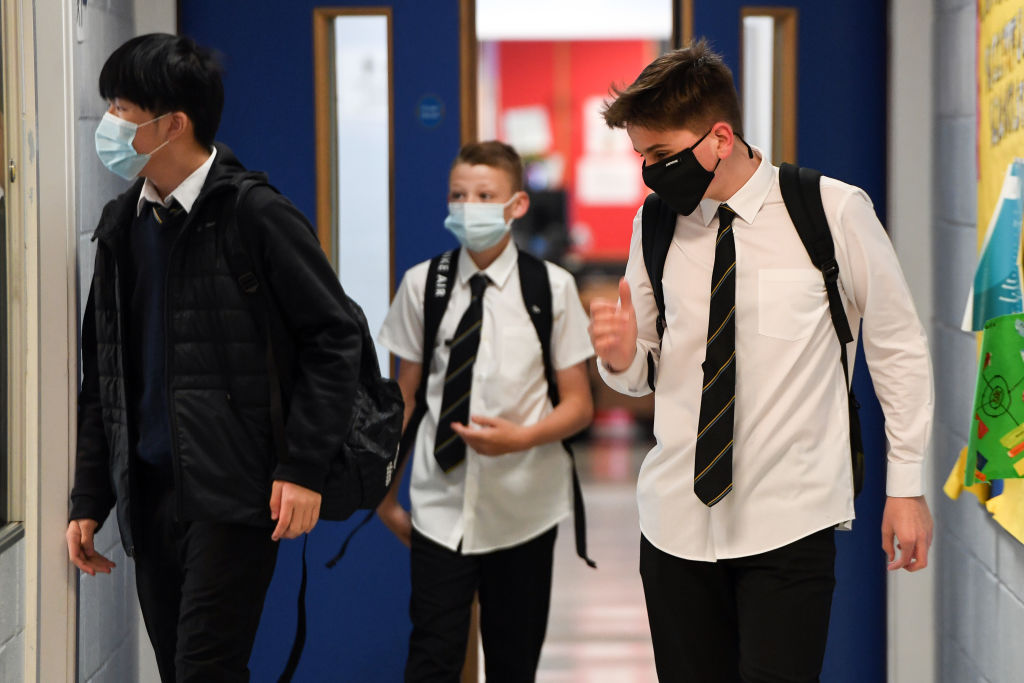As schools return to full in-person teaching, a survey reveals just how far behind pupils are in their education. The National Foundation for Education Research polled 3,000 head teachers and other senior staff across 2,200 schools to ask how their pupils’ education has been affected. The replies reveal not just how far behind children have fallen, but how wide the gap has grown between the most and least-disadvantaged.
The average response is that pupils are three months behind where they would normally be at this time of year. Just two per cent of teachers believe that their pupils have managed to keep up to date with learning. Ten per cent say that pupils are five months behind and four per cent believe their students are more than six months behind. This is remarkable given that schools were only closed from 20 March; children have not lost more than four months’ in school. This means that some teachers believe their pupils have gone backwards during lockdown – and have forgotten things they learned before school closures. Worryingly, some pupils’ efforts to keep up with their work fell away towards the end of the school year. In July, only 38 per cent of pupils handed in the work they had been set – down from 42 per cent in May.
The effect this has on learning, however, is very unequal. Sixty-one per cent of teachers believe the attainment gap between children has widened. Thirty-two per cent think the gap has stayed the same while, interestingly, seven per cent feel the gap has narrowed – their argument being that the lack of schooling has particularly affected pupils who had been making rapid progress. One reason for the widening attainment gap is the difficulties of providing online teaching for disadvantaged pupils – 28 per cent of all pupils have limited access to IT at home. The effect of lockdown was thought to be more severe on primary school pupils than secondary school pupils – perhaps a reflection that the latter are likely more used to independent study and remote teaching via Zoom. Most teachers do not detect a difference between the sexes, although 22 per cent feel that boys have fallen behind more than girls. Very few believe that girls have come out of lockdown worse-affected than boys.
The survey reveals how difficult it was to persuade parents to send their children back to school during June and July. On average, schools reported that only 56 per cent of pupils who had been eligible to return to education in this period had in fact done so. There was especially poor attendance from those kids eligible for the Pupil Premium – ie less well-off children – of whom only 45 per cent attended. By contrast, 66 per cent of keyworkers’ children returned to school. The most common reason for non-attendance were parents believing schools weren’t safe enough for their kids to return to. Relatively few actually missed school because they were obliged to shield or because transport difficulties made it difficult to attend.
In spite of some teachers’ unions advising their members not to return, staffing was a relatively minor problem for schools – on average they reported that 92 per cent of staff were available for work in July, although 17 per cent of these were only available to work from home.
Will children be able to catch up in the forthcoming school year? Many head teachers are doubtful, with half suggesting that social distancing had also affected their teaching methods – by preventing, for example, children working in groups. The effect of Covid-19 on education is going to be a continuing issue, even if most pupils do manage to return to school this week.







Comments